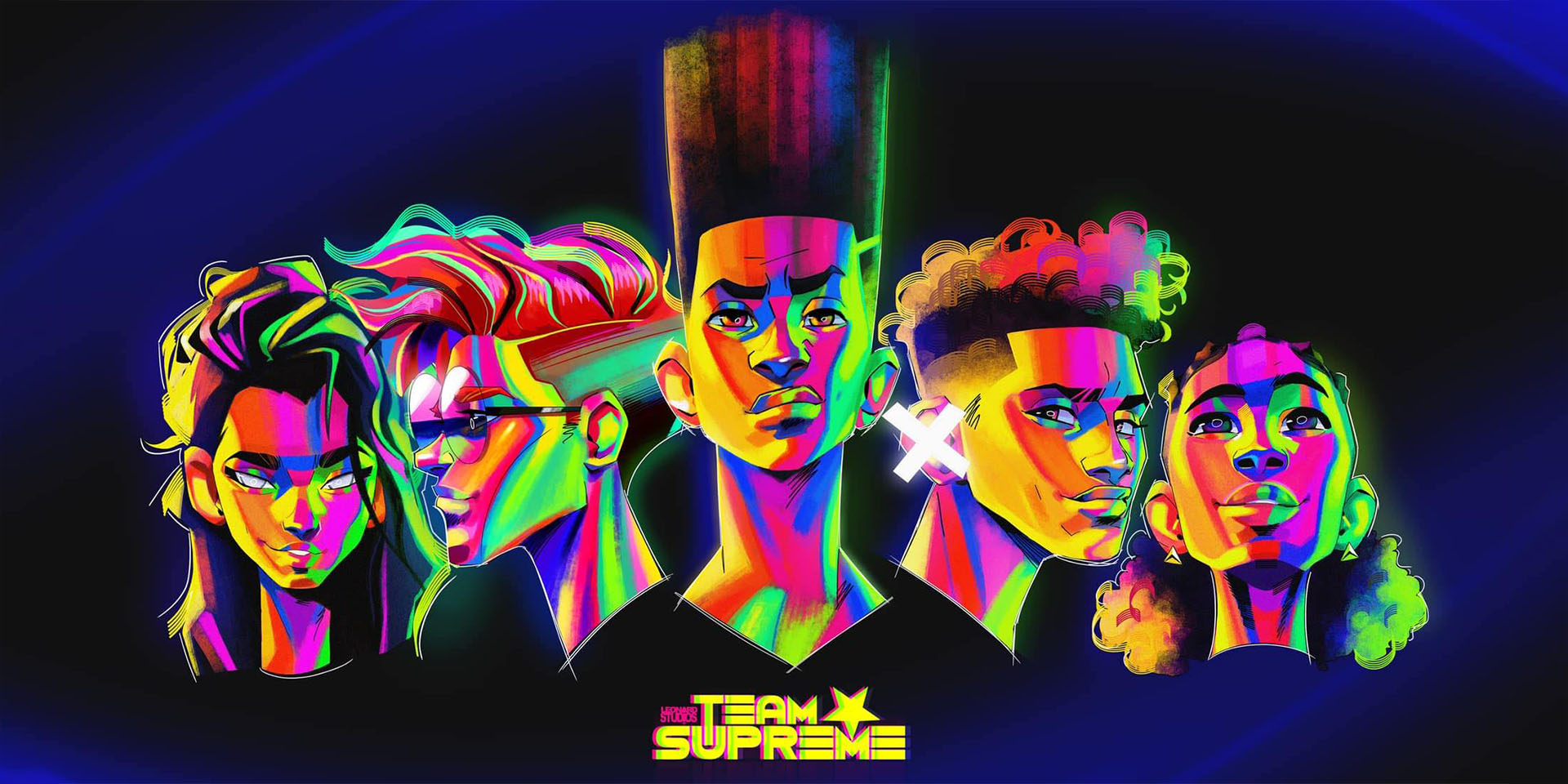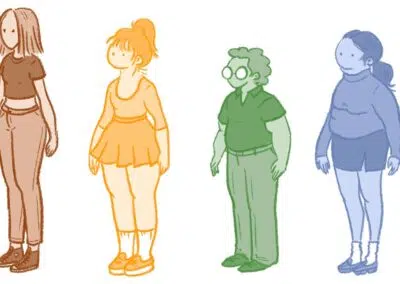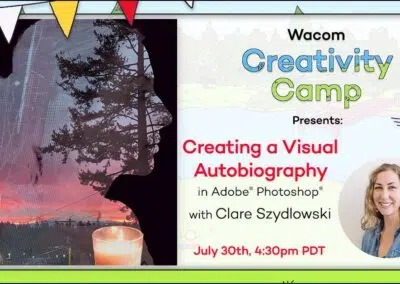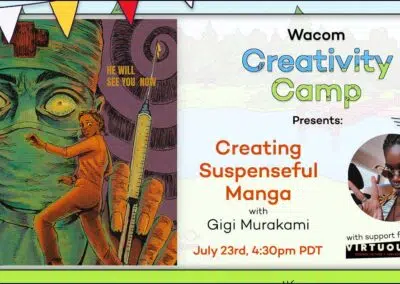This blog post is part of our Insight into Creative Careers series. To read more interviews and insights into pursuing a creative career, straight from professionals in concept art, animation, illustration, game design, and much more, click here.
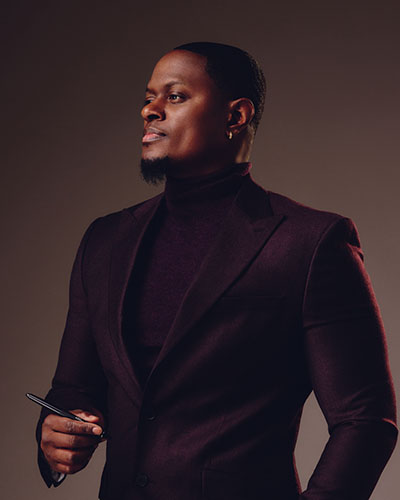
Here at Wacom, we’re big fans of Joshua Leonard. An illustrator, concept artist, character designer, and traditional 2D animator, Leonard creates incredible work that frequently features diverse characters often under-represented in mainstream character design and animation. He even founded his own studio, Leonard Studios, to “help change how cartoons and films portray being different,” and to normalize diversity in animation.
We spoke to him about his career in art and animation: how he got his start, why prioritizing diversity is important to him, and advice he has for young artists who are thinking about a creative career. The interview has been edited for length and clarity.
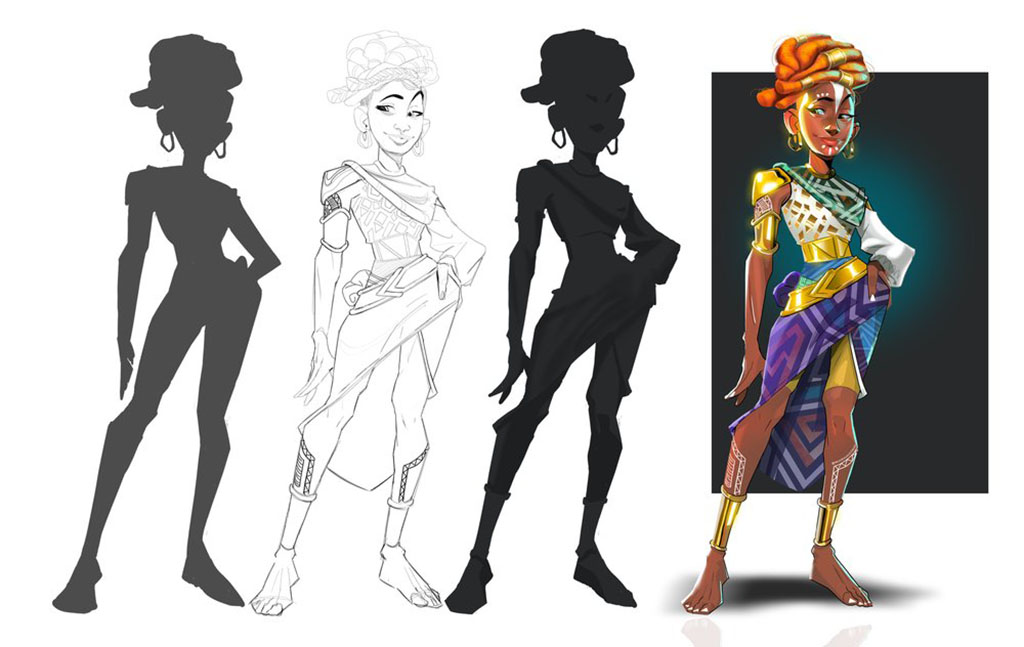
Do you feel like art school is a necessity for young artists who are serious about a career, or is it possible to teach oneself?
Joshua Leonard: I have been drawing since I was a child, and considered art as a career since middle school. I actually started making some money from my art at a young age! That being said, attending an art school was never a major goal for me, whereas going to a college that has animation as a major was. I had to major in graphic design first, because there were no animation degrees where I lived at the time.
When I moved to Atlanta because of Hurricane Katrina, I had more options for where I wanted to go because of the animation majors that were provided at local universities. I originally wanted to go to Savannah College of Art and Design (SCAD), but it was too expensive for me, so I ended up going to the Art Institute of Atlanta, and graduated with a Media Arts & Animation degree.
I actually went back to school when I was 34 years old, which actually helped me because I was laser focused. I was a full time student, and had a full time job at the time. I got off work at midnight and would stay up until 3:00-4:00am doing homework and animation.
When it comes to schools, I think students should really understand that, more than anything, colleges will not teach you how to draw. They expect you to already know! I have an extensive illustration background, but I didn’t know how to animate, storyboard, character design, or develop characters, so that’s really the reason I went to an art school.
Is going to art school needed or recommended for aspiring artists? I don’t think so. Most of the studios that I’ve ever worked at never required a degree from me. They saw my portfolio and word of mouth from other industry veterans. Nowadays, there are so many training videos that people can learn from that getting that specific art degree isn’t necessary. Not only that, these courses are being taught by actual working industry artists like myself.
A major course study that I would have purchased is creatureartteacher.com, which is Disney vet Aaron Blaise’s company. He literally teaches everything about animation, and it’s extremely affordable.
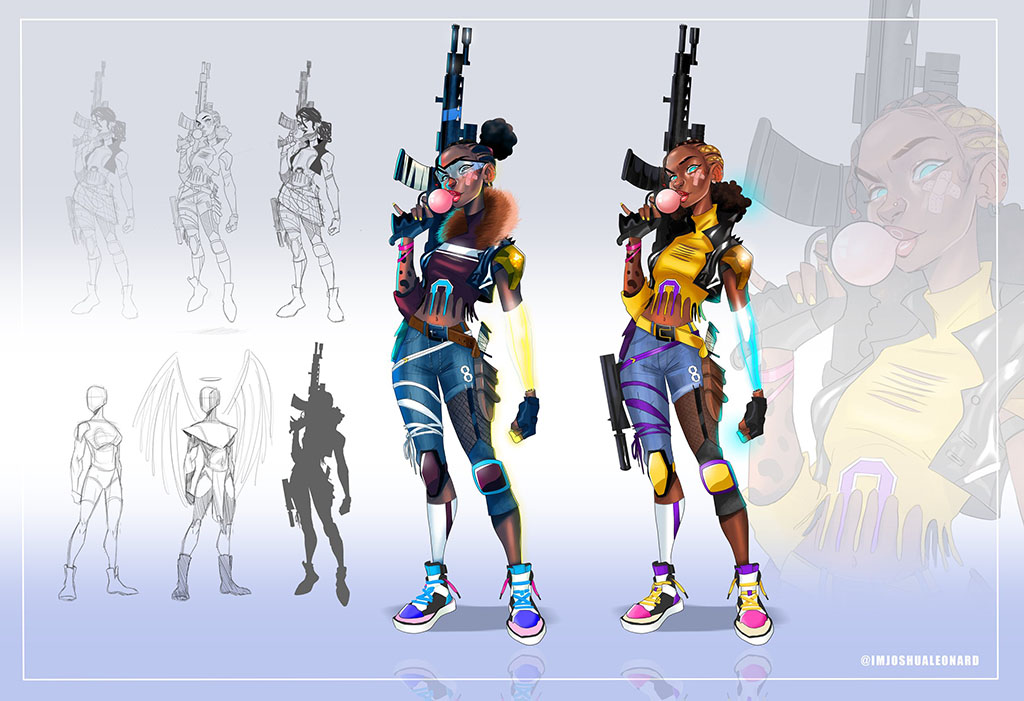
What are the pros and cons of working for a studio versus freelancing?
Being a freelance artist allows me freedom, and the experience of working for so many different companies has meant that I can learn so much from so many amazing artists. As an artist, I have worked for a variety of companies, from gaming companies, to commercial storyboard gigs, to personal projects for other storytellers, to the WNBA Atlanta Dream, and more.
Freelancing has benefits, but I would also love to work full-time in a studio for benefits like health insurance, for example. I haven’t had the opportunity to be embedded in an actual studio yet, but I have been in plenty of them to see how they run, and I love it. It would also be great to actually get to see other artists at work. Working freelance, I get to see other work from other artists on various projects, but it’s over Zoom rather than in-person.
What does a day in the life look like for you in your career?
Because I am a freelancer, I actually have a full-time job so that I can have that consistent income as well as health insurance — I actually work full-time at Home Depot! So a day in the life in my career looks like this: I wake up at 10:30am, go to the gym for an hour, come home and eat, go to work from 1:30 – 10:30pm, come home, shower, eat, relax for a few minutes, and get started on my freelance work: responding back to emails, and then starting with studio work.
That can look like working on new illustrations, or fixing other work using feedback from the director, producer, or art editor I’m working with. I usually stay up until about 2:00 – 3:00am. It’s not easy, but it’s definitely worth it! I’ve done a lot and learned a lot.
What’s your artistic process like?
My artistic process starts with Wacom, of course! My main workstation is a Wacom Cintiq Pro 32, and then I have a travel Wacom One that I take on the road when I have to do speaking gigs, etc. I primarily draw in Adobe Photoshop on a Mac.
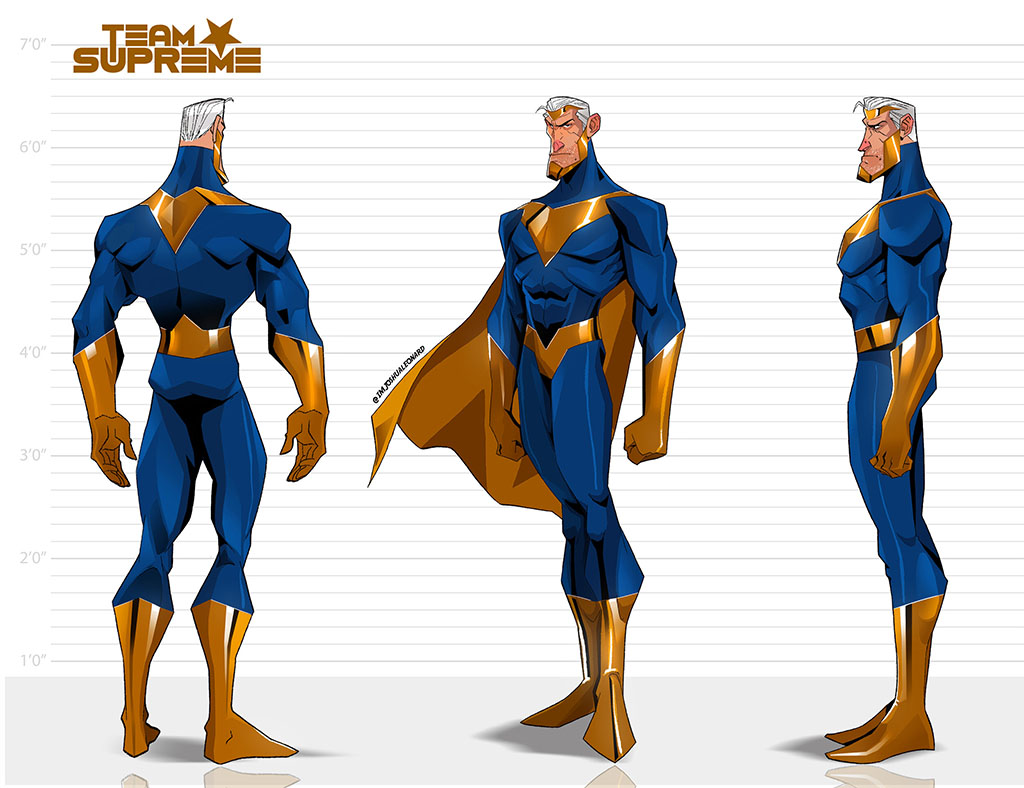
Do you remember your first “big break” into your industry? How did you get there? What advice do you have for young artists who are trying to break into creative fields?
I will never forget my first big break in the industry, and it was while I was walking into Home Depot, actually! I received an email from Nickelodeon to do character design work on an Untitled Show. An artist by the name of Chris Young happened to see my work on Linkedin, and I’m very grateful for the opportunity.
My other big break was working on the award-winning short film, MILA, by Cinzia Angelini. I reached out to them on Twitter when I was a sophomore in college, and I was basically just letting them know that I was available to work. I wasn’t looking to be paid at the time, moreso I wanted to build a relationship with these amazing people, like the producer of MILA, Andrea Emmes. They gave me an opportunity, and I never looked back. Cinzia and Andrea have been amazing mentors to me, and I appreciate them very much.
My advice for young artists trying to break into creative fields is this: you have to remember that it’s a very competitive business, meaning your work has to stand out. Also, stay humble, and remain patient! Don’t compare someone else’s success to yours, because it may not be your time yet. I just turned 40 this past September, and I’m just starting to make some noise in this industry!

One clear aspect is your brand is creating “diverse and inclusive” work. Why is this important to you, and how have you seen the industry shift in terms of diversity and inclusion during your career?
Diversity and Inclusion are my brand, and I believe heavily in them as concepts. Mainly, I want to see more positive change in an industry that was only one way not too long ago. It’s important to me because I have a daughter, and people with kids should be able to show their kids characters that they can relate to. This is why I draw people of color, and people with disabilities first.
I believe we have seen an abundant amount of copy-and-paste shows and characters in mainstream media right now, so I’m here unapologetically with my ideas, stories, characters, and beliefs. I think my passion for diversity and inclusion also gets me gigs, because studios know I’m going to give them some dope, interesting, lesser-seen characters.

Joshua Leonard is an illustrator, concept artist, character designer, and traditional 2D animator, specializing in creating compelling, inclusive, and diverse characters that are often underrepresented and overlooked while also creating relatable stories. His focus on disabilities, neurodiversity, and representation has already had a significant positive impact on youth around the world, regardless of ability.
Seeing a need for diversity and inclusion in animation and the animation industry itself, with less than 4% of animators being of color, Joshua founded his own studio, Leonard Studios, to help change how cartoons and films portray diversity. Check out Leonard at his website, send him an email, follow him on Instagram, or reach out via LinkedIn.
